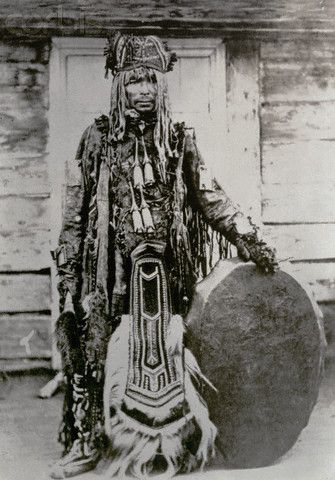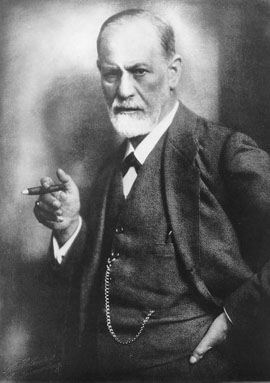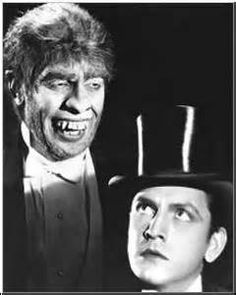|
"In
the beginning there was the deed" - Goethe
Initially, there was no reflection on symbolism, merely the instinctive
act of worship or belief.
The modern Christmas tree, for example, originated in a pagan nature
ritual older than history.
At one time, it's "meaning" was not so abstract, and was far
more "vital" to those who were so close to nature they still
worshipped it.
Primitive storytellers
were not concerned with the "origins" of their tales -
this only came later, as society became more complex and produced
poets and philosophers (and philosophy yielded science, etc.)
Mankind was moved to deeds that eventually formed our religious and
cultural institutions
by unconscious factors: in part, a need to have a "reason"
to exist.
There is a practical use of faith, and that is that it sustains in time
of need.
A belief in a destiny beyond the unknown is both ancient and widespread.
Modern man, although less "superstitious" than primitive man,
has his own "pathologies".
He is less dependent on religion, but more neurotic.
Our obsessions with escapism, alcohol, drugs, etc., point to an imbalance
in our
own inner nature, and, by implication, with our relationship with the
outside world.
Although our culture does not widely accept the concept of haunting,
individuals can believe they possess "bad luck';
the belief can become so ingrained in their personality it becomes a
self-fulfilling prophesy.
In another culture or time such "misfortune" would have been
attributed to a spirit,
and this interpretation would be seen as logical in that setting.
Man's behavior
is influenced by his impressions of the outer world and
unconsciously reflected in behavior like "forgetting" or "mistakes"
in speech known as "slips of the tongue".
In exaggerated cases of neurosis, people are totally unaware of certain
aspects of their own behavior.
Our loss of superstition has led to a decline in the spiritual:
civilization strips the world of symbolism.
There is little mystery in the modern world:
Our denial of dream symbolism and the role of the subconscious is a
fear of the unknown.
Early in man's development, instinctive concepts merged with conscious
thoughts.
His need to qualify the outside world made use of the archetype.
"Mother Earth", once a potent symbol, is now "matter".
The "spirit' is now merely referred to as the "intellect".
The external world has been stripped of its intensity -
This had led to a decline in emotional energy.
|

South African Shaman Witch Doctor |
Man has been dehumanized
in the cosmos -
He no longer considers himself part of nature.
But our subconscious is part of nature, and we are, too.
Today, there is no symbolic connection between man and nature-
The modern world has been "disinfected" of superstition.
Words have less power in that they don't "conjure" anymore
-
In the primitive, the word and what it stands for are related.
As we have conquered nature
our relationship with it has been pushed in to the subconscious.
"Reason" has replaced religion.
Psychology is still in a
very early stage of development -
skeptics don't consider the rudimentary beginnings of other fields,
or that the experienced psychologists study dream symbolism as others
use the microscope.
The complication, of course, is the fact that everyone is different.
The archetype is a
combination of image and emotion,
and still exists in man's subconscious.
This link to our ancient past is why dreams have such intense symbolism.
Words are inadequate to describe "what we don't know" (or
can't understand), hence the symbol producing function of the mind.
Due to our ability to self-reflect,
we have lost our original view of consciousness;
the modern mind has lost contact with psychic energy.
The subconscious tries to bring this back from our ancient roots.
This "original mind"
is more present in the child than the adult,
and is often expressed in archetypal
dream symbolism.
Dreams have a high emotional
value, which highlights "feeling" as opposed to "thinking":
in our culture, thinking wins over feeling.
It is a criticism of psychology that is not "scientific" enough
-
but feeling is a natural part of the psyche, and part of the language
of the subconscious.
|


